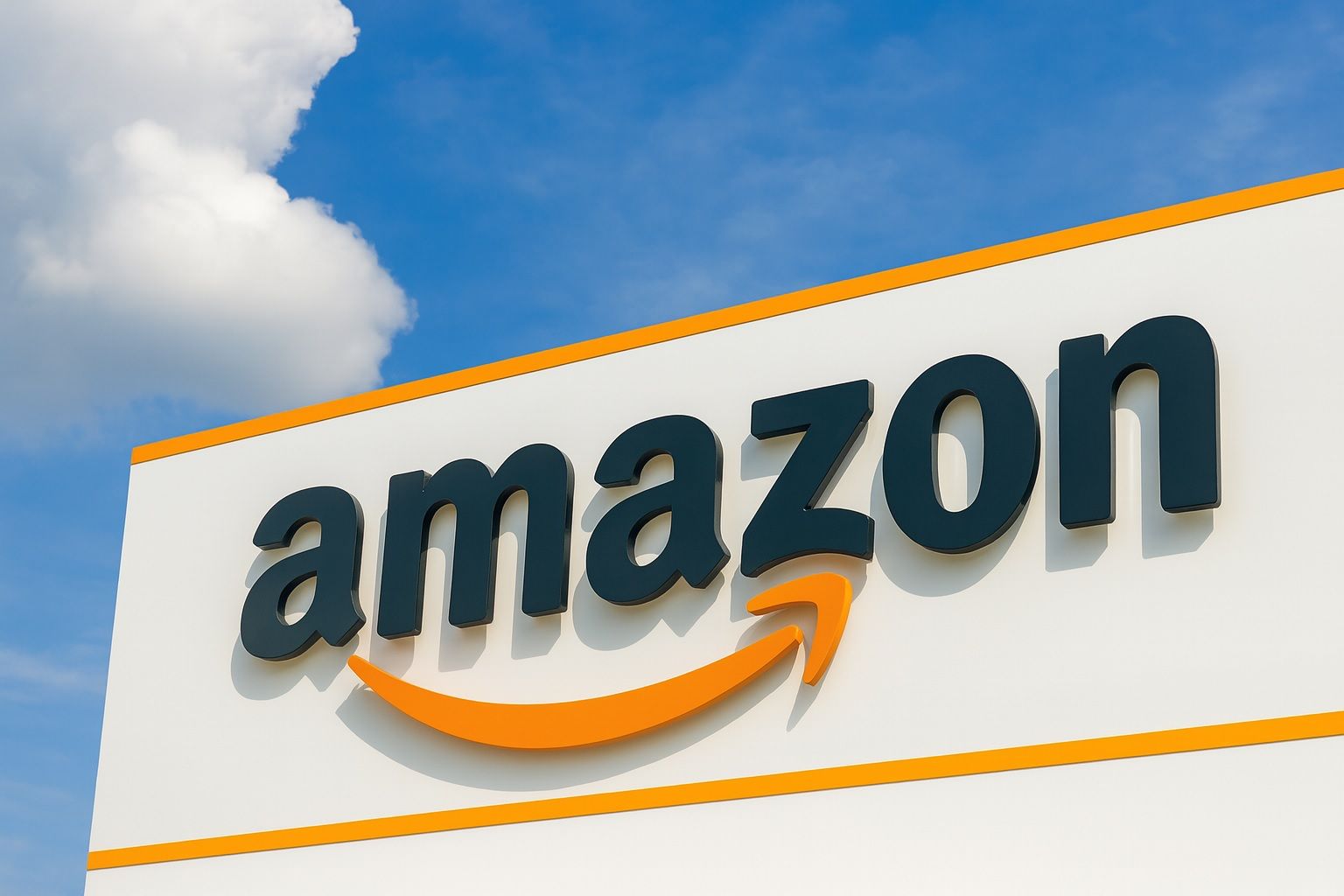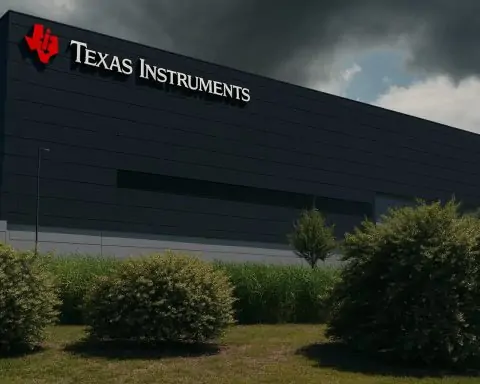- Layoff Plan: Reports say Amazon will cut as much as 15% of its global HR (People eXperience & Technology, PXT) staff [1]. The PXT division (recruiting and HR tech) has over 10,000 employees worldwide and is expected to be hardest hit [2]. Additional job cuts are also likely in other business units.
- AI-Driven Strategy: The move aligns with CEO Andy Jassy’s push to boost efficiency via generative AI. Amazon plans to spend over $100 billion in 2025 on cloud and AI data centers [3]. Jassy has warned employees that AI will “change the way our work is done” and that “we will need fewer people doing some of the jobs that are being done today” as AI gains efficiency. Industry analysts note that Amazon’s rapid AI adoption means “the need for hiring will diminish over time,” reflecting a broader tech trend.
- Seasonal Hiring: Paradoxically, Amazon will still hire aggressively for the holidays. It plans to hire ~250,000 U.S. seasonal workers for its warehouses and logistics networks, matching last year’s levels. This offset underscores that cuts are focused on corporate and HR functions, not fulfillment operations.
- Financial Outlook: Amazon’s business remains strong. In Q2 2025, net sales rose 13% year-over-year to $167.7 billion with net income ~$18.2B (EPS $1.68). Growth was broad-based: online store sales +11%, AWS revenue +17% (to ~$30.8B) and advertising up ~20%. Operating income more than doubled (to ~$22.9B), lifting margins to ~13%. Management sees continued growth ahead: Amazon guided Q3 revenue of $174–179.5B (+10–13% YoY) [4], and analysts expect another 11–13% rise in Q3 followed by a mid-teens growth rate in the crucial holiday quarter [5].
- Stock & Sentiment: Amazon’s stock (NASDAQ: AMZN) closed near $216 on Oct. 14, 2025. It is up only slightly for the year, lagging peers (the S&P 500 is up ~12%). Wall Street remains overwhelmingly bullish: about 45 of 46 analysts rate AMZN a “Buy,” with a consensus 12-month price target around $264 (roughly +15% upside). Many firms (Goldman, Barclays, Citi, etc.) have recently lifted their targets into the mid-$250s after strong Q2 results. Some bullish investors even argue Amazon could become the next $3 trillion company (at ~$300–$320/share) within a couple of years if it executes well.
Amazon’s announced layoff plan underscores a shift in priorities. Sources tell Fortune (cited by multiple news outlets) that the cuts will “heavily impact” the PXT group [6]. The exact number and timing aren’t disclosed, but it could amount to thousands of roles, given the division’s size. Senior VP Beth Galetti leads PXT, which spans everything from hiring to HR tech. Notably, these cuts come weeks after Amazon announced roughly 250,000 holiday hires, matching last year’s level. In other words, Amazon is pruning corporate ranks even as it staffs up its logistics network for peak season demand.
The rationale is clear: Amazon is spending heavily on AI and cloud, and needs to reallocate resources. CEO Jassy has repeatedly emphasized AI’s impact. In a June memo, he wrote that as Amazon rolls out “Generative AI and agents” it will “need fewer people doing some of the jobs that are being done today”. He even stated flatly, “we expect that this [AI efficiency] will reduce our total corporate workforce”. Wall Street analysts agree. As D.A. Davidson’s Gil Luria notes, “AI is progressing so fast in improving productivity that the need for hiring will diminish over time.”. In practice, Amazon’s 2022–23 restructuring already slashed some 27,000 corporate jobs to “right-size” costs [7], and this appears to be the next phase of that effort. The freed-up cash flow will help fund capital-intensive projects – Jassy has said Amazon will spend over $100B in 2025 on fulfillment and data-center capex (most of it for AI/cloud infrastructure). For now, investors have accepted this trade-off: by Q2 the company’s operating margin hit ~13%, a several-year high, signaling that cost cuts (from layoffs and efficiency) are boosting profitability.
Market and Analyst View: The market has largely shrugged off the news. AMZN stock remains near mid-200s (about 10% below its Feb 2025 peak) and has rallied modestly since late September. According to analyst surveys, most big firms continue to recommend “buy,” citing Amazon’s growth engines. A recent TechStock² report notes that AWS (the cloud division) is still Amazon’s profit engine – Q2 AWS sales grew 17% to $30.8B – and its advertising business (now ~$40B/yr) is expanding ~20% annually. The combination of e-commerce, AWS, and ads is expected to drive mid-teens revenue growth this holiday season [8]. The same analyses point out risks (rising regulations, intensifying competition from Microsoft/Google in cloud, and tight retail margins), but overall the consensus is that Amazon’s “flywheel” of services can sustain ~15–20% annual EPS growth over the next five years.
Tech Layoff Context: Amazon’s move mirrors a broader industry trend. Layoff trackers report over 180,000 tech sector jobs cut in 2025 to date. Many of the biggest cuts are similarly tied to AI and cost-efficiency drives: Intel is trimming ~33,900 roles (25–30% of its workforce), Microsoft ~19,200 jobs, and Salesforce ~5,000 positions (linked to AI-related restructuring). In Amazon’s case, earlier 2025 cuts included roughly 100 jobs in its devices/services unit (May), a few hundred in AWS (July), and about 110 roles in its Wondery media division. Even with the new HR purge, Amazon’s seasonal hiring suggests it still needs volume staff, but it aims to run its corporate engine leaner.
Outlook: In the near term, analysts are focused on Q3 results (due Oct. 30) and the holiday quarter. Consensus is for ~11–13% growth in Q3 and another robust holiday season [9]. Any signs that AI investments or cost cuts are paying off could buoy the stock. Conversely, if macro headwinds resurface or competition bites, Amazon’s outsized spending might weigh on margins. For now, experts remain cautiously optimistic. As one TechStock² commentator put it, Amazon is still seen as a “core long-term holding” given its innovation pipeline. If management can successfully redeploy workforce savings into higher-margin AI and cloud ventures, many bulls argue the stock could move up sharply (some target $270–280 in 2026).
Sources: The above draws on reports from Fortune, Economic Times, Investing.com, Financial Express, Times of India, and analysis by TechStock² (TS2) among others [10]. Stock price and forecast data are based on market sources as of Oct. 15, 2025. All statements and quotes are sourced to the indicated references.
References
1. www.investing.com, 2. www.investing.com, 3. www.investing.com, 4. ts2.tech, 5. ts2.tech, 6. www.investing.com, 7. www.investing.com, 8. ts2.tech, 9. ts2.tech, 10. www.investing.com







